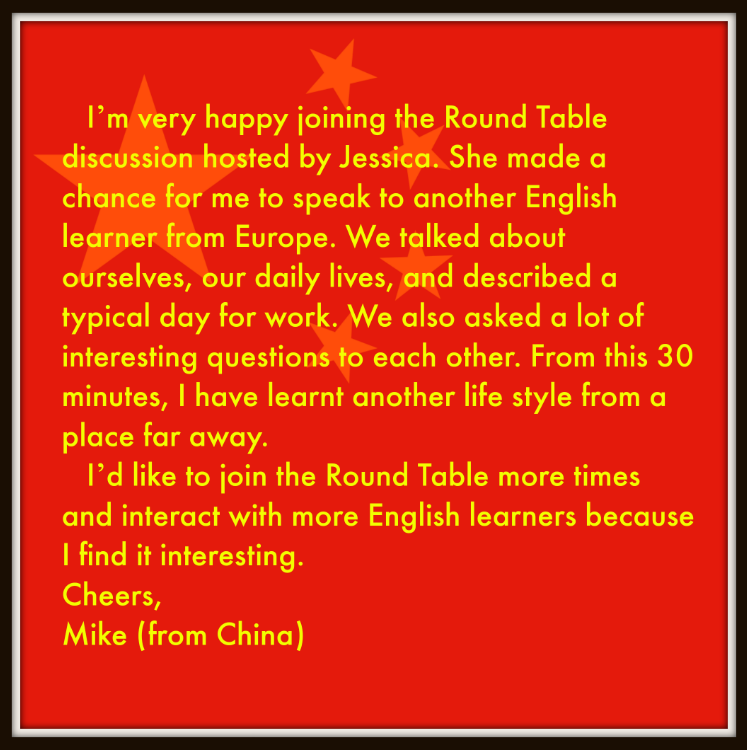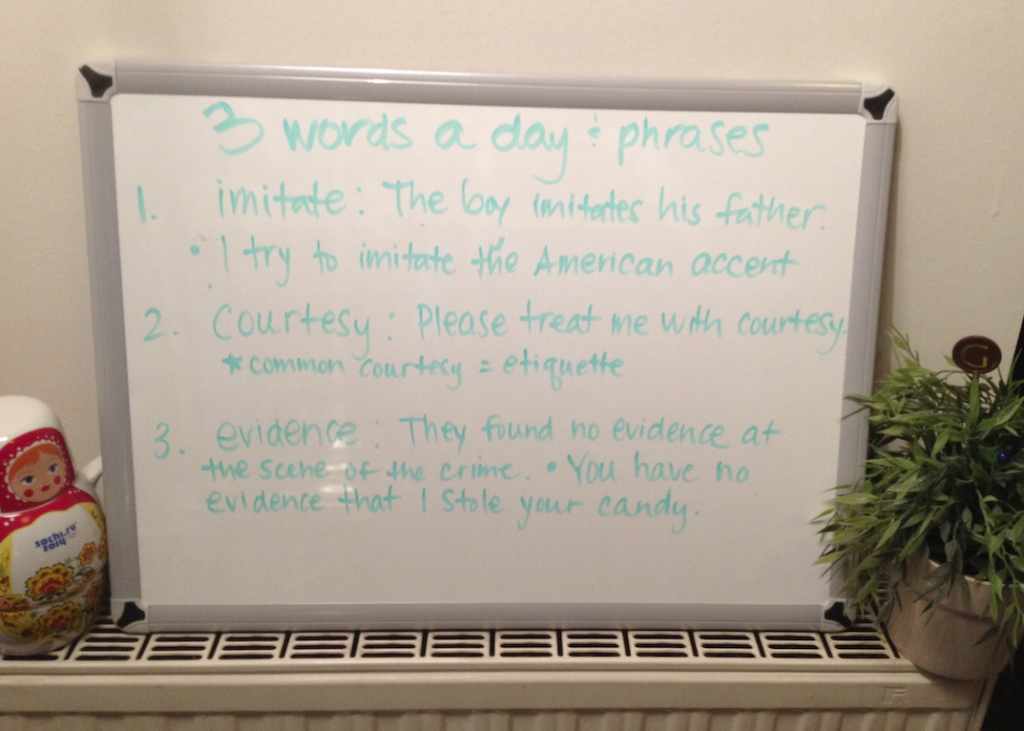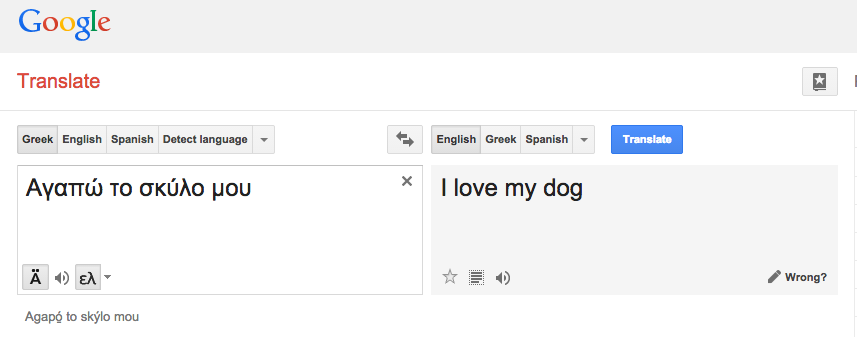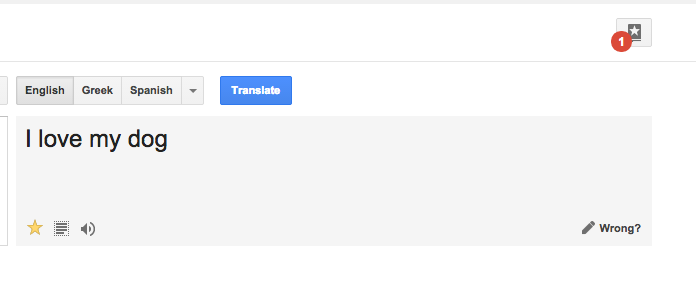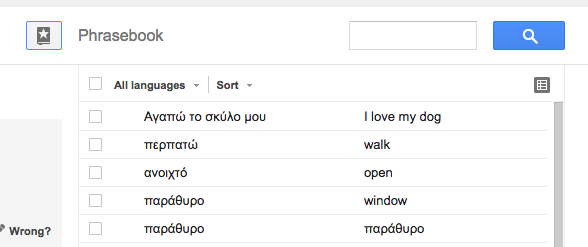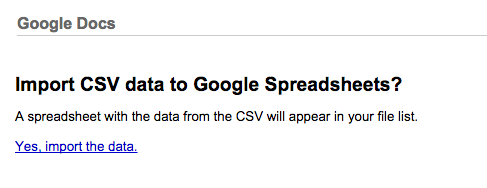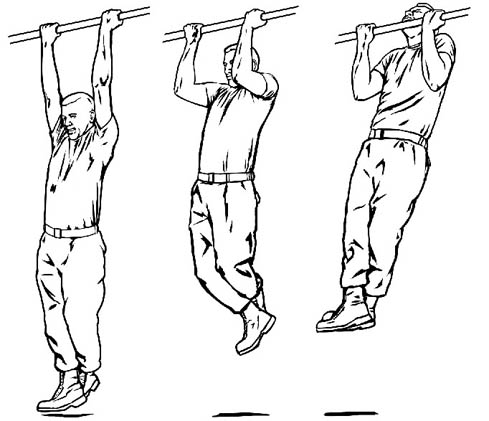Posts
Using a whiteboard to improve your English
I’ve said it once, I’ve said it a thousand times… Surround yourself with English! How about on the walls of your home!?!
Invest in a small whiteboard (or a big one!) and use it everyday to write down new vocabulary words to improve your English. Everyone has a different style of learning and remembering new words, so do what is right for you. Here are some suggestions:
- The definition
- If you are at a high enough level, write the definition in English.
- If you still need the help, use your native language– but try to use that the least amount possible.
- Sentences using the new words
- Anyone can memorize a word, but to actually be able to use it correctly is another story.
- Look it up and take note of the sentence structure used in example sentence and BAM! you get a grammar lesson as well.
- Common phrases or idioms that involve the word
- You want to speak as natural as possible, so do a bit of research and see how the word is used in “real-life”.
- Pictures
- Have fun and draw something to help you remember the word.
- Questions you think of and want to ask your teacher later on
This method is a great way to bring that passive vocabulary to active. The small amount of time you spend writing the word and the sentences… that alone is going to help you to remember it, not to mention all of the times you will see it in the day. Subscribe to a word of the day service and constantly be on the lookout for words to add to your board. (click below)
Three – It’s The Magic Number
There is something special about the number 3, throughout history it has been a significant number and continues to be so today. The Egyptians built the Pyramids, the Bible talks of the 3 Wise Men and the Holy Trinity. There are 3 primary colours, 3 dimensions, 3 parts to time, we live on the third planet in our Solar System and there are 3 kingdoms on Planet Earth.
I could go on, but we would be here all day, so take a look at this page for more facts about the number 3.
The point I am trying to make is that we use the number 3 in many ways everyday without even realising that we are doing it, and in teaching it can be a very powerful weapon to have in your armour.
Think about it for a second or 3
Stories contain a beginning, middle and ending, and when we speak and use descriptive nouns we tend to use them in threes automatically. Presentations and reports normally include an introduction, main body of information and a conclusion. Our world seems to revolve around the number 3.
So, how can we use the number 3 in language lessons?
I am constantly working with a number of students who are preparing for IELTS speaking test, whose level of English is good, but they just need to show greater fluency on the day. The best little trick I can pass on to them is to think about the number 3.
What I mean is, when you are asked something about yourself, instead of just replying with a single answer such as, ‘I like to watch movies‘, what you need to do is think bigger.
In any answer, you need to think in threes, not in single nouns. So, let’s take movies, drinking coffee and reading as example personal traits, three not one. Next we need to add adjectives to each noun and where possible put them into a specific order of emotion, in order to end up with a response such as: ‘I like to read magazines and drink coffee, but most of all I love to watch movies.’
What you achieve by always thinking in threes is to actually help yourself to achieve greater fluency, which by return means a better score. However, it isn’t just nouns and adjectives that make us seem proficient and fluent. Idioms and phrasal verbs are just as important, and again 3 is the magic number to use. Try to introduce 3 simple idioms and 3 phrasal verbs, and to make sure that you practice using them before your speaking test, so that you understand how and when they are appropriate.
This method actually arms you with 3 tools for getting the score you need on your speaking test; always being able to answer questions with 3 responses, plus 3 idioms and 3 phrasal verbs to use. Interestingly enough, there are 3 parts to an IELTS speaking tests, so the idioms and phrasal verbs can be split equally between them.
For more on the Magic of 3, take a look at this video from EngVid.
[gap height=”15″]
Contact Rachel today > http://www.italki.com/teacher/1394345
[gap height=”15″]
Google Phrasebook
Google announced their ‘Phrasebook’ in 2013 > Official Release Statement
I was very excited by this because I am not only a language teacher, but also a language learner. I am at a very beginner level, slowly and steadily learning Greek. Taking my own advice that I give to my students, “you must have English in your life everyday if you want to improve…” I’ve decided to start a journal writing very simple phrases in Greek. Using my active vocabulary, each day I’ll write a few things down.
I wanted to check a few words using Google Translate (I know, I know, it’s not always correct, but for simple basic words, usually it is ok- and I am at that simple basic level!) and I remembered about phrasebook. Happy times! It is so simple to use and I think VERY useful for helping language learners review vocabulary.
First you just type in the word or phrase in your language using Google Translate
Here I actually searched for the phrase first in English-> Greek and then switched it because I want my phrasebook to have the Greek words first, but either way works.
Next you just click on the little star below the phrase or word and you will see a little notification pop up in the upper left-hand corner showing that a word has been added. That is your phrasebook icon!
Click on that little star-book icon and you will see all of the words/phrases that you have previously saved.
As I mentioned earlier, I have mine with the Greek phrase first, but you can sort by language and by the date you added it.
You can even export it to a spreadsheet by clicking on that icon under the search tool.
There are so many great tools out there to help us with language learning. I hope that you will try it out and let me know how it works!
Please share some of the tools you use to improve your vocabulary in the comments section below and perhaps be featured in a future blog….
“THINK”- Phrasal verbs with about, of, and on
I recently had someone ask me about the difference between “think about,” “think of,” and “think on.” (Shout out to Benedito! Thanks!) As a native speaker, these phrasal verbs are not even a problem! But after studying the differences, I can see how incredibly confusing it can be. Below, I have described the most common ways to use phrasal verbs with “think.” So, let’s look at an easy way to remember the difference!
First we have:
Think about (someone or something)
Simply, this means to actively contemplate someone or something.
However, if you “contemplate,” that means you are having a deep thought or pondering. “Think about” is not (usually) the same as pondering or meditating a deep thought. Here are some examples:
“Whenever I think about him, I get goose bumps.”
“I don’t want to think about that movie, its too sad.”
“What are you thinking about right now?”
See? Those were simple thoughts, not too deep and not too quick.
Exceptions include:
♦ Using "think about" to mean thinking of a deep thought.
"Sometimes I think about the meaning of life."
♦ Using "think about" to mean consider.
"I thought about moving to Spain." ("I considered moving to Spain.")
Think of (someone or something)
Actually, the dictionary definition is the same for this phrase. HOWEVER- it is used in different contexts. Most commonly, “think of” is used as a fleeting thought/memory OR a fact that you know and would like to suggest to someone. For example,
Can you see how these thoughts were more quick? “Think of” ideas and short memories.
Exceptions include:
♦ Using "think of" to mean thinking of a deep thought.
"Sometimes I think of the meaning of life."
♦ Using "think of" to mean consider.
"I thought of moving to Spain." ("I considered moving to Spain.")
____________________________________________________________________________________
Finally, we have
Think on/upon (someone or something)
This one is MUCH easier to understand! Any time you use “think on” or “think upon,” it is always with a deep thought. You are contemplating or reflecting on someone or something. When you “think on” something, you are focusing on that thought and nothing else. For example,
“Son, you are being punished. Think on what you have done wrong.”
“I thought on all of the terrible things that had happened.”
Not so hard, right??
*Note: "Upon" is formal and less commonly used than "on."
So, now that we have covered these 3 very similar phrasal verbs, are they more clear to you? See if you can answer these questions to test your knowledge:
“Think _______” is always used with deep thought.
I should use “think _______” if I want to mention an idea or suggestion to my friend.
Using “think _______” is good for most situations when my thought is not long, yet not quick.
And the most important question:
Are there exceptions to these rules?
The answer is YES! There will always be exceptions with English. They should have named it “Exceptionish” rather than “English.” But if you follow these basic rules, you will be understood and will be able to understand what native speakers are saying a little better when they are using these phrasal verbs.
*I will be writing a PART 2 post about the other phrasal verbs with “think.” Any feedback and/or questions are welcomed anytime! I am here to help make English easier to understand, if anything is unclear I am glad to fix it! Thanks for reading 🙂
Surround Yourself with English
I have been teaching online since 2010 and I have probably said ‘surround yourself with English’ over 1,000 times! I guess it is my catchphrase
You MUST surround yourself with everyday English as much as possible. The first time that you hear or read a word/idiom/phrase that you don’t know, write it down and look it up or better yet, ask someone (sometimes the dictionary can confuse you with idioms or phrasal verbs). When you take the time to do a little research, the word/idiom/phrase is more likely to stick in your mind. Then the next time you come across it, it will become reinforced and more of a part of your active vocabulary. The more you hear or see something the more likely you are to remember it, right? And that, my friends, is why you need to listen and read English whenever you can!
The next step is to be able to actively use the word/idiom/phrase in your daily interactions. This is where difficulties can arise. Anyone can LEARN a word/idiom/phrase by using a book or the internet, but it is much more difficult to get that word/idiom/phrase into your active vocabulary and be able to easily use it yourself. This is where PRACTICE comes in. PRACTICE! PRACTICE! PRACTICE! (another catchphrase of mine). Once you learn the word, you need to use it!
Speaking with a native speaker is an excellent way to practice, but that may not be possible for everyone. I am always posting on facebook, twitter, pinterest and tumblr to help students surround themselves with English as much as possible. I hope that you will take advantage of it and spend a little time everyday to improve your English.
catchphrase (noun) a word or expression that is used repeatedly and conveniently to represent or characterize a person, group, idea, or point of view
come across (phrasal verb) to find or encounter, especially by chance
Phrasal Verbs
Phrasal Verbs. Yuck. A phrasal verb is a verb plus a preposition or adverb which creates a meaning different from the original verb. Basically, when some words are used together, they form a new “word” (they have a meaning that has NOTHING to do with the two words that are combined).
UsingEnglish has a great way to practice common phrasal verbs>>
The verbs in the list below all have several different phrasal verbs associated with them. The number in brackets represents the number of phrasal verbs available containing that verb. Clicking on a verb will take you to a quiz of between 5 and 10 questions designed to test your understanding of the phrasal verbs in that group. If a group has more than 10 phrasal verbs in it a random selection of questions will be presented for that verb.
http://www.usingenglish.com/reference/phrasal-verbs/quizzes-verbs.html
You basically have to treat these as “new” vocabulary. Train your brain to recognize them together and then pull up that meaning. See, right there! Pull up. Do you know the meaning of pull+up? Sadly, some phrasal verbs have more than one meaning 🙁 So context is also very important. If you google it, you will see this:
Does that exercise (shown in the picture) fit with my sentence? Train your brain to recognize them together and then pull up that meaning.
What do you think?

